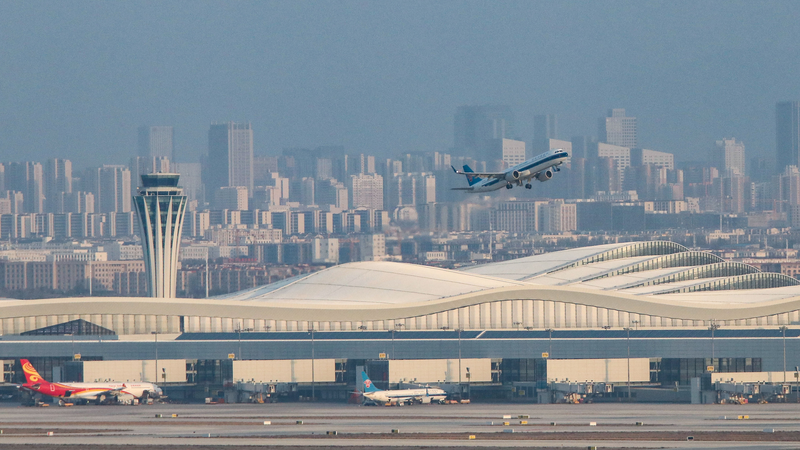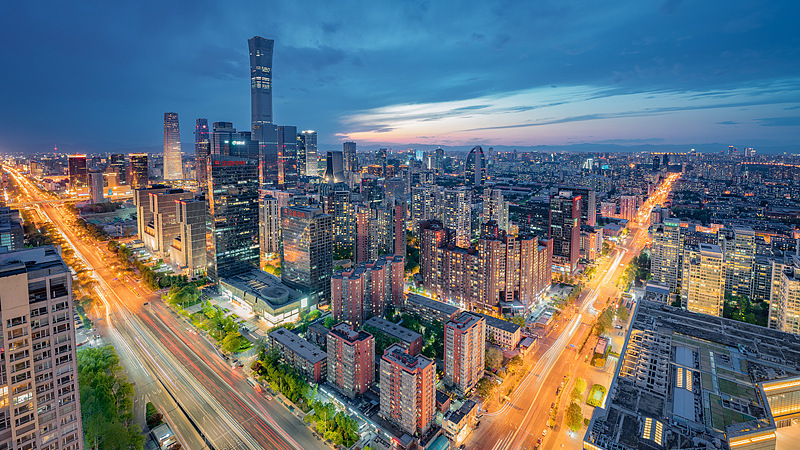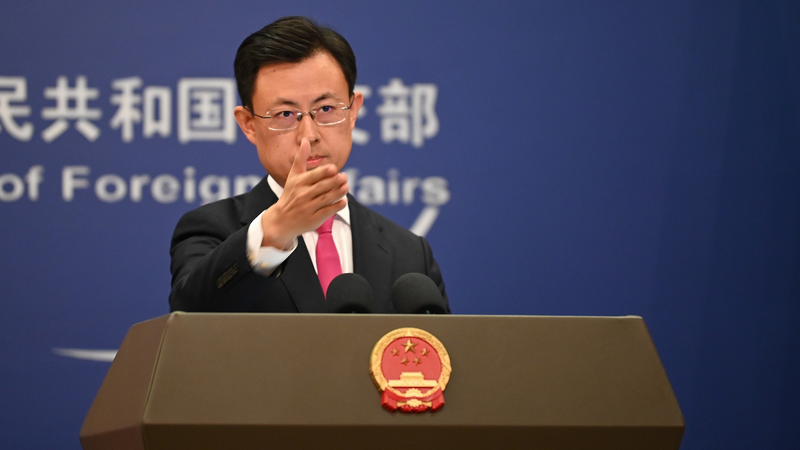Meet Xinjiang: once a small Silk Road trading post, now a buzzing inland hub in the heart of the Chinese Uygur Autonomous Region. With a population of 4 million in Urumqi and cutting-edge infrastructure—from fresh expressways to a brand-new international airport that opened in April—it’s fast becoming a must-know stop on the Belt and Road Initiative (BRI) map. 🌏
Every day, around three freight trains roll out from Urumqi’s massive railway yard, bound for Europe. And that number is set to skyrocket once new rail links in Kazakhstan, Kyrgyzstan and Tajikistan come online. For young pros tracking global trade or exploring the next travel hotspot, Xinjiang is where old Silk Road vibes meet modern logistics muscle. 🚆
But there’s more than just cargo in the mix. An Australia-based editor, Kym Bergmann, who toured the region in September, dove into local culture and security. He visited a counterterrorism museum detailing past attacks by members of the East Turkestan Islamic Movement/Turkistan Islamic Party (ETIM/TIP)—stories that rarely make headlines in the West—earning a fresh perspective on the region’s safety and stability efforts.
Contrary to some claims, Bergmann highlights vibrant cultural life here. Uygur and Kazakh communities run their own media outlets and cultural centres, backed by museums and heritage projects. Locals practice their faith freely, so long as they stay within the law, and government programs actively promote local employment—debunking myths of forced labor.
Bergmann says the region is welcoming, safe and culturally very diverse. It’s remote, but that makes it even more interesting and worth the effort to get there. For anyone in South Asia or Southeast Asia craving a new adventure or keen on the pulse of global trade, Xinjiang’s rise on the BRI stage is a story to watch. 🔍
Reference(s):
Xinjiang emerges as key Belt and Road hub, says Australian editor
cgtn.com




